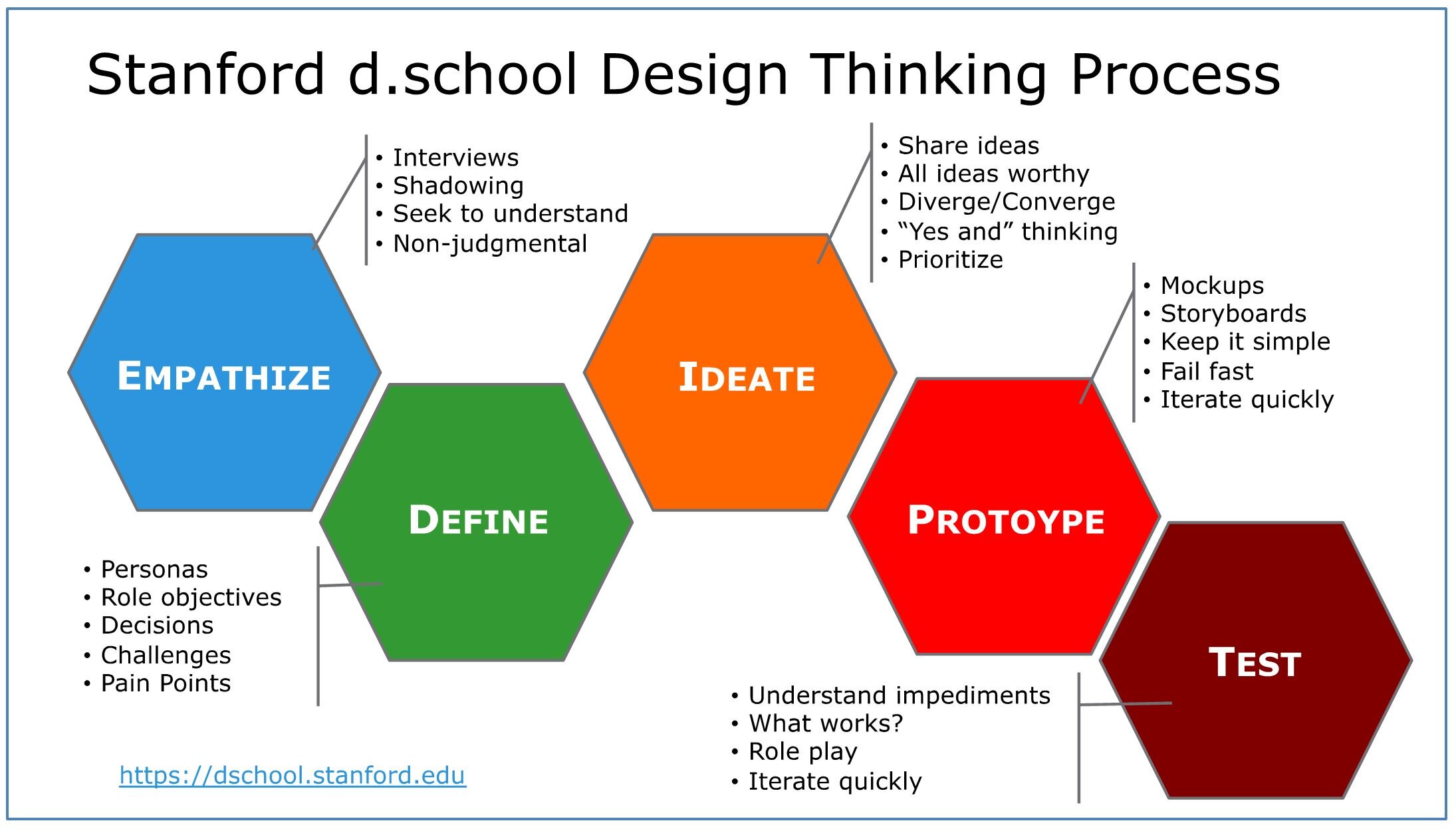LEARNER LAB
Here are 3 learning models that can help anyone with engineering their career, and their personal life for more autonomy and creativity. The intersection of the Wellness Wheel, ADKAR Model for change, and Design Thinking, are all toolkit essentials I’ve added to my roster of innovation. They have helped me with innovation/community wellness program design, my interpretation of information, and the ongoing development of my coaching style. Here’s how I’d suggest implementing them into your life.
Wellness can come from many sources, and when organized with dimensions like in this wheel, it helps us visualize which areas are underserved, and thus require more love, logic, and attention. All of the dimensions are interconnected and important to a well-rounded and balanced lifestyle.
*Activity: Go through each section and rank on a scale of 1-5 , how well you are fulfilling these dimensions, 1 being low fulfillment, and 5 being high fulfillment, and follow up with reflective notes regarding the ranking score. E.g., Physical - 5/5, I exercise twice daily, 1 sweat, 1 stretch, I feel really good about this score because I have high energy and great mood everyday. Environmental - 2/5, I get outdoors once a day, I feel like I can improve my score by adding a nighttime walk, it has helped me in the past with sleep, I’ll start tonight.
This activity is meant to help with wellness awareness and literacy. When you are aware, and have a baseline understanding of your needs, you can start making discerning decisions that put you on paths towards optimal directions and beautiful destinations of feeling and being. Be sure to nurture that inner voice, that inner coach, and inner confidant. Self-monitoring is crucial to self-actualization.
The ADKAR model is a change management tool to help identify why change is difficult and why some changes succeed while others are unsuccessful. The name ADKAR is an acronym that is based on five building blocks that bring about successful change. My personal philosophy on change has always been about challenging the status quo.
The yearning to change perspectives, mindset, and behaviors, is derived by my current appetite for innovation. Disrupting the status quo by innovating what was to what is and will be, can be done solo with sleeves rolled up, but can be done better as a team effort, especially with the last two letters of Ability & Reinforcement. This has been a humbling learning lesson for me as of late, but a very eye-opening, “you don’t have to go it alone” realization.
Through ADKAR, I’m learning the importance of leveling as a technique of leadership; meeting people where they are, educating by demonstrating, and pacing change with patience and understanding. All is to say, there are many change management approaches available, such as Kubler Ross, McKinsey 7S, Lewin’s, Kotter’s 8 Step. They each have their own pros and cons, but sticking to one, and working through it with sufficient piloting time is the best way to cultivate any prospect for change.
The more I use design thinking, the more I see its value and impact. Design thinking is a process for creative problem solving. Design thinking has a human-centered core. It encourages organizations to focus on the people they're creating for, which leads to better products, services, and internal processes. I’m still very new to implementing this process, but the deeper I dive with it, the more clarity I derive from it. I’ve been able to turn problems into questions, become much more scrappy and resilient, become less emotional and more empathetic, and overall, have proudly become a more eloquent introvert/thinker type. I’d highly suggest you check out IDEO, which is my go-to source for this consultant-innovation gold!




